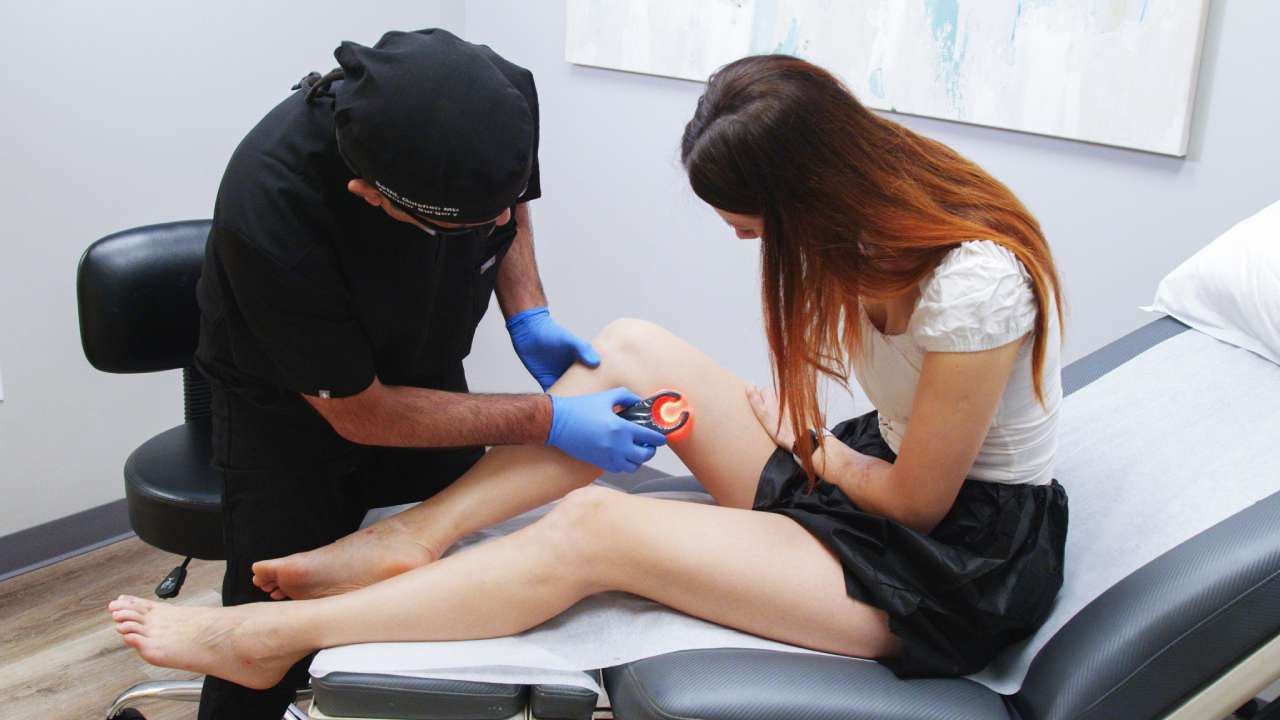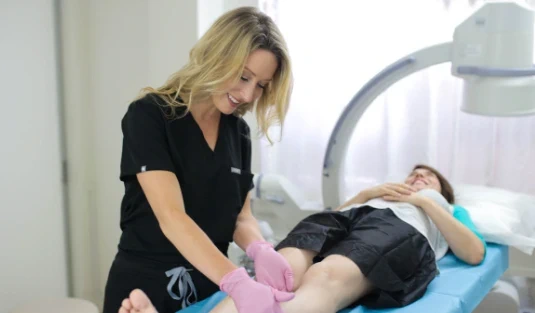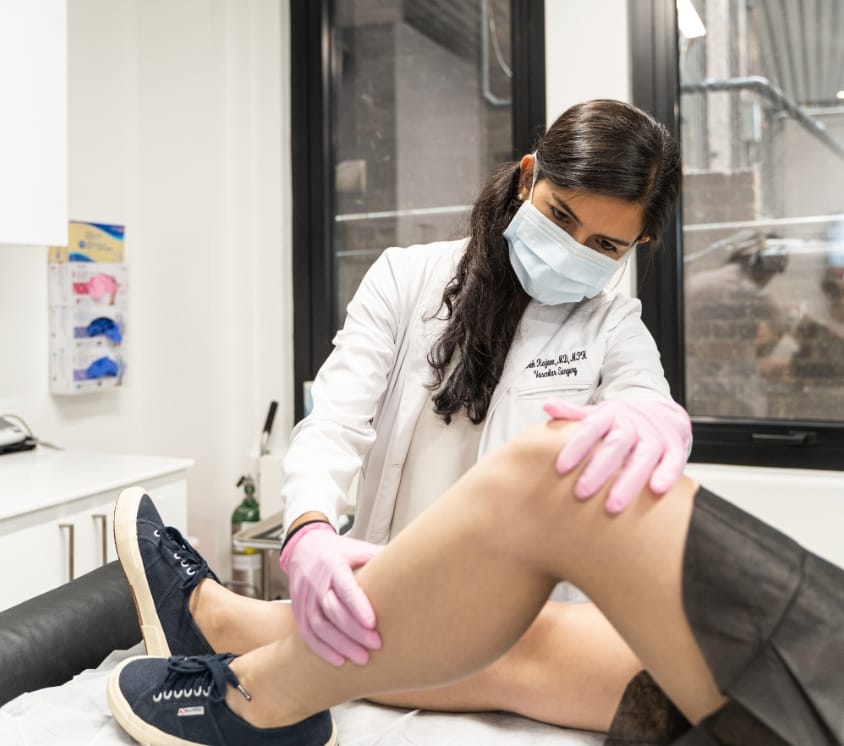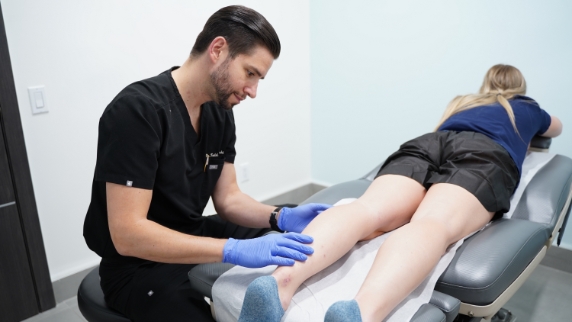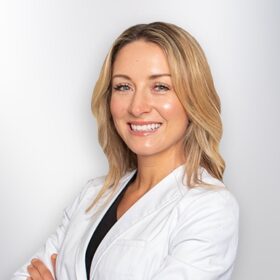Imagine you have a day off and decide to spend it outdoors, hiking and biking with friends. As the day progresses, you notice that your legs feel heavy, your shoes feel tight due to swelling, and bulging blue veins appear more pronounced by evening. If this scenario sounds familiar, you may be experiencing venous insufficiency.
Venous insufficiency is a chronic condition that occurs when the legs struggle to send blood back to your heart. Left untreated, it can lead to discomfort, swelling, and varicose veins. A vein specialist can diagnose and provide minimally invasive treatments to relieve symptoms and improve circulation.
Signs of Venous Insufficiency
-
Spider veins and varicose veins – Visible leg veins are common indicators.
-
Heaviness – A sensation of fatigue and weight in the legs.
-
Cramping – Frequent leg cramps, especially at night.
-
Restlessness – Uncomfortable leg sensations after prolonged standing or sitting.
-
Pain – A dull, aching pain in the legs, worsening by the end of the day.
What Is Venous Insufficiency?
Veins return blood to the heart, but when their one-way valves weaken, blood can flow backward and pool in the legs. This venous reflux increases pressure in the veins, leading to varicose veins, spider veins, and swelling. Risk factors include pregnancy, obesity, genetics, and age.
A vein expert, such as those at Vein Treatment Clinic, can diagnose venous insufficiency using a painless duplex ultrasound examination.
How Are Spider Veins and Varicose Veins Connected to Venous Insufficiency?
When vein valves fail, blood pools in the veins, causing them to expand and become visible. Spider veins are thin, web-like veins near the skin’s surface, while varicose veins are larger, twisted, and bulging veins deeper under the skin.
Common symptoms of both conditions include:
-
Leg discomfort and heaviness
-
Itching and skin changes
-
Swelling around ankles and calves
If you notice these symptoms, consult a vein specialist to prevent further complications.
How Can I Prevent Venous Insufficiency?
While genetics play a role, certain lifestyle changes can help maintain healthy circulation:
-
Maintain a healthy weight to reduce vein pressure.
-
Exercise regularly to promote blood flow.
-
Avoid prolonged sitting or standing to prevent blood pooling.
-
Eat a balanced diet rich in fiber and low in sodium.
How Is Venous Insufficiency Treated?
At Vein Treatment Clinic, expert vein doctors offer minimally invasive procedures to treat venous insufficiency:
1. Sclerotherapy
-
A saline-based solution is injected into affected veins, causing them to close and dissolve.
2. Radiofrequency Ablation (RFA)
-
Heat energy is used to seal the affected vein, redirecting blood to healthier veins.
3. VenaSeal
-
A medical adhesive permanently seals the diseased vein without requiring compression stockings.
If varicose or spider veins affect your daily life, the specialists at Vein Treatment Clinic can help you regain comfort and confidence with advanced, minimally invasive treatments.








